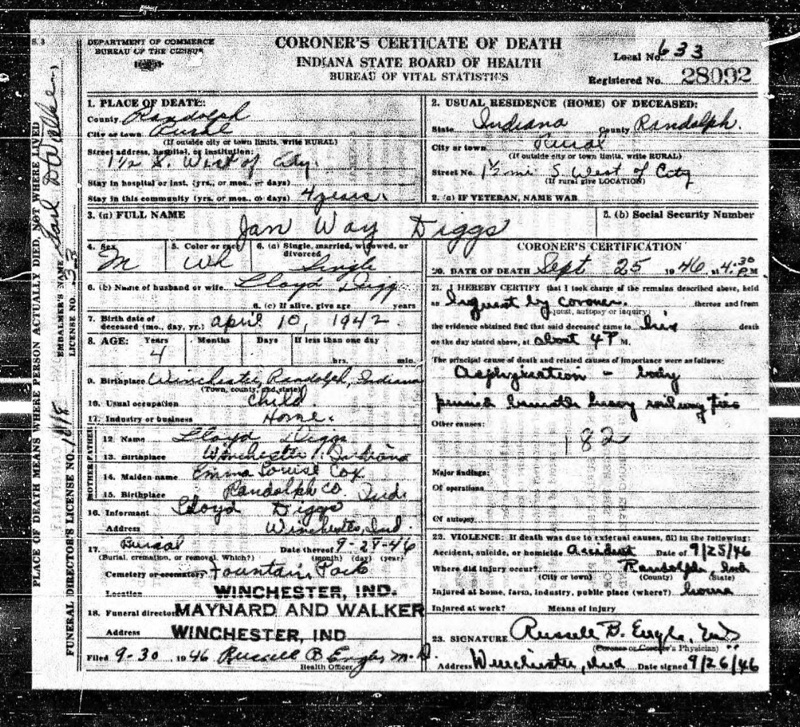Joe Hamilton, Lynn Indiana 1950
I went to visit a friend one day last week and was surprised to find a bootjack occupying a prominent position in the kitchen of my friend's house. When I asked him about it, he explained that he had made the bootjack recently for his boys to use in taking off their rubber overshoes. This was the first bootjack I had seen in years.
For the benefit of those who never saw a bootjack, an explanation might be in order. A bootjack, an ordinary one at least, consists of a long piece of board some two feet long with a V-shaped notch cut in one end of it and a block of wood about three inches high fastened on the underneath just back of the notch.
The idea is to place one foot on the end of the board and then put the heel of the other boot in the notch and pull off the boot. To take the other boot off the procedure is duplicated.
In the days when leather boots were worn by most people, the bootjack was a household necessity. There were the simple kind described above, and there were also fancy cast iron ones and ornate wooden ones, but they all worked the same way.
Now, my grandpa was never a man to sit around and spin yarns, but neither was he a man to be outdone by one of less prevaricating ability than himself. So, one day when neighbor Tom Cars dropped in and found grandpa whittling on a board, he became curious and wanted to know what grandpa was making and grandpa said he was making himself a bootjack. Tom, noticing that the board was somewhat large for a bootjack, remarked that he had a cousin that had such large feet that instead of using a bootjack to take off his boots, he always stepped outside and made use of the forks of a tree.
Grandpa, being quick on the trigger, immediately responded that he had a brother who lived on the treeless plains of Kansas, and his feet were also large and that a bootjack was of no avail.
"Then how, pray tell," says Thomas, "does the man remove his boots?"
"Well," answered grandpa, "every night when he gets ready to take off his boots he walks a quarter of a mile to the FORKS OF THE ROAD!"

Meet Mick Holloway, our resident expert on all things Randolph County. This lifelong resident of Randolph County is a veritable fount of knowledge with an incredible talent for storytelling, an amazing sense of humor, and a wit to match. You can usually find Mick in the back room at the museum searching through old newspapers for stories to add to his personal collection or doing research for a member of the Society. Mick will be the official blogger for the Society, sharing tales of old.
Subscribe to:
Post Comments (Atom)
258. Randolph County, Ind. News: 4 Year Old Crushed By Ties.
Coroner's Report To The Clerk of The Randolph County Circuit Court, Winchester, Indiana. Cause: Death of Jan Way Diggs, September 25, 19...

-
Jan. 19, 1952. No answer when you call the police? Have you ever called the Winchester police station and received no answer? Here's...
-
Arba area boy Drowns. July 31, 1930. Headstone for Elbert Alexander, buried at Spartanburg Cemetery. A six days search for the body of El...
-
Coroner's Report To The Clerk of The Randolph County Circuit Court, Winchester, Indiana. Cause: Death of Jan Way Diggs, September 25, 19...


.jpeg)
No comments:
Post a Comment